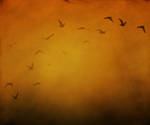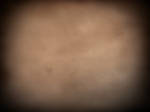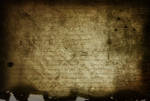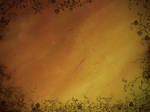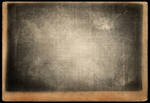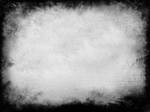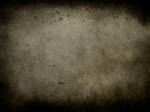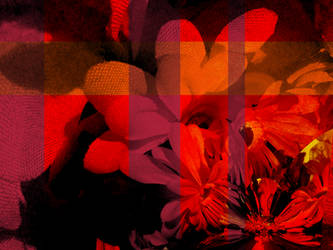ShopDreamUp AI ArtDreamUp
Never thought this would happen
According to my most recent stats:
"firesign24-7 has 58,600 pageviews in total; their 43 journals and the 407 deviations in their gallery were viewed 1,057,764 times, Overall, their deviations received 3,183 comments and were added to deviants' favourites 10,608 times..."
Thank you deviants!
Do you like copper jewelry?
I now have my new shop up and running yay! Please check it out here: https://www.etsy.com/shop/MiaPatinaJewelry?ref=si_shop
It is full of handmade copper jewelry that's really suited to those who want something no one else has (to show off of course) :) I am in the process of renewing my other site selling fine art prints, I've sold out of my current stock so I will be able to replenish and get ready for the holidays.
Also, if you'd like a print of one of my works from this site, please email me because my personal pricing is much different than on this site ( due to my print quality being much better and lack of commercial commissions) so
Editing Services Available
I will have photo-editing services available to anyone that needs them! I can retouch skin blemishes, facial features, minor flaws, teeth-whitening or even make someone look as if they lost a few pounds ;) I can also provide larger retouching such as changing the original background to a different location (want to look as if you recently visited Paris or Hawaii?)
If you're interested in some more creative work done to your photos such as swirls or flourishes of light around a person, flowers, or maybe a smile that appears from a splash of colors (or something close to that description). Let me know what you'd like done or email me a photo o
Looking for...
...Models
If you live in the Chicago area, I will be available to shoot portraits, events (weddings, showers, etc.) or even pet portraits-my specialty. I have access to a studio as well as shoot on location. I will also be working on maternity photos so if you would like a studio session with your loved one and your 'soon to arrive' baby, please contact me.
Photo retouching is also a specialty that I will be available to do if you do not live locally and would like to email the files. I see alot of images of family photos that are in need of some tweaking or portraits that some might like improved due to blemishes or wrinkles. Also, if you
© 2009 - 2024 firesign24-7
Comments0
Join the community to add your comment. Already a deviant? Log In
